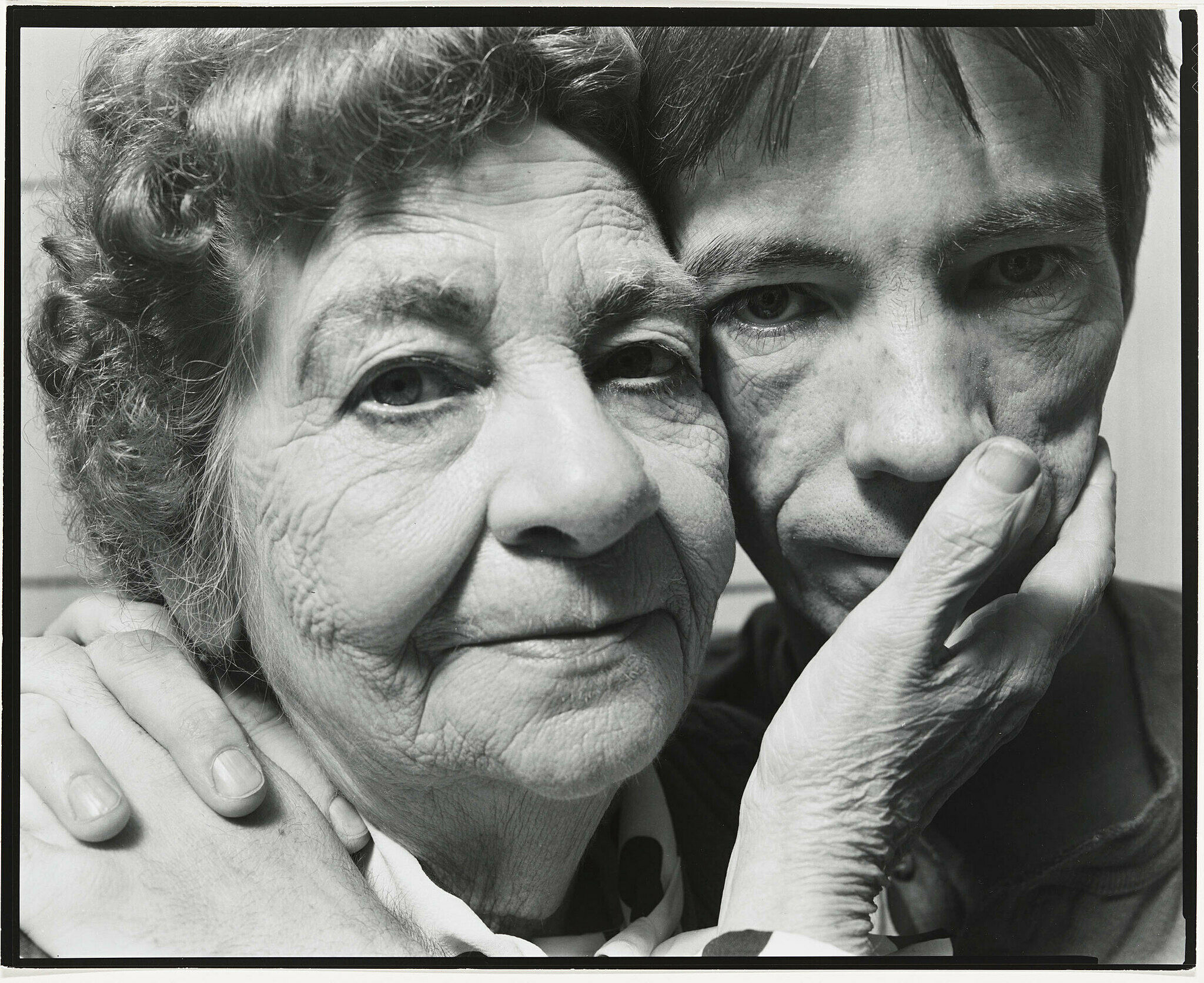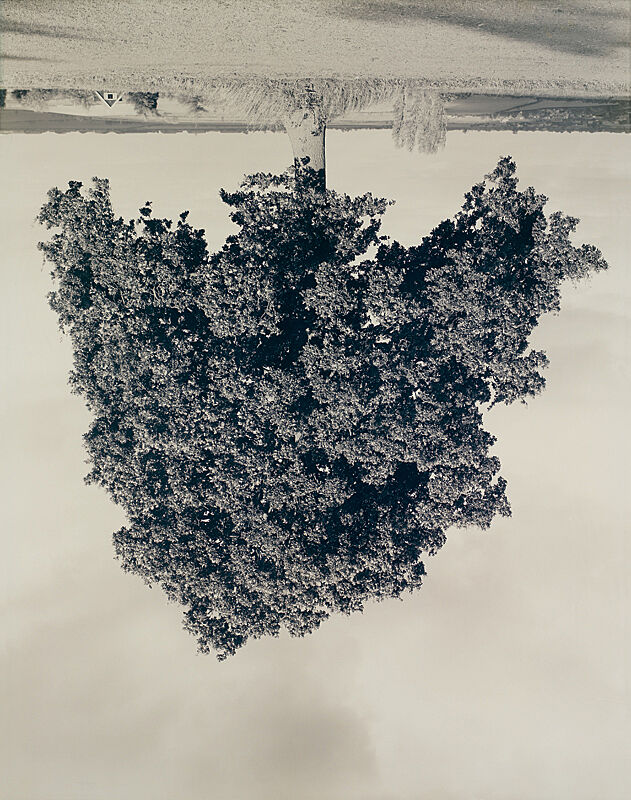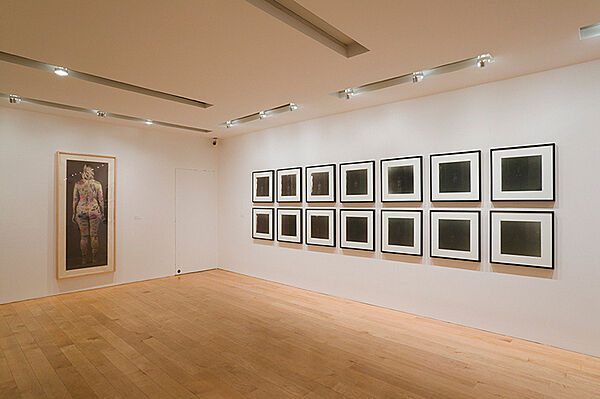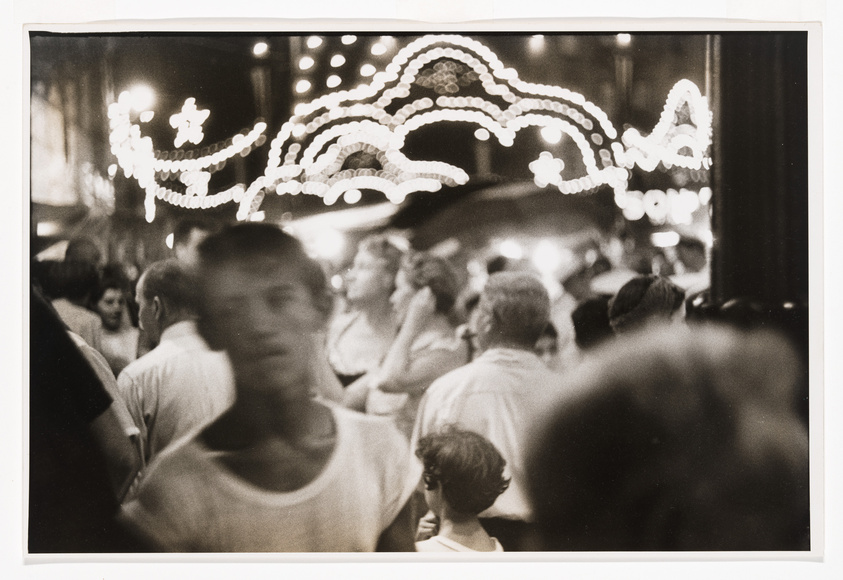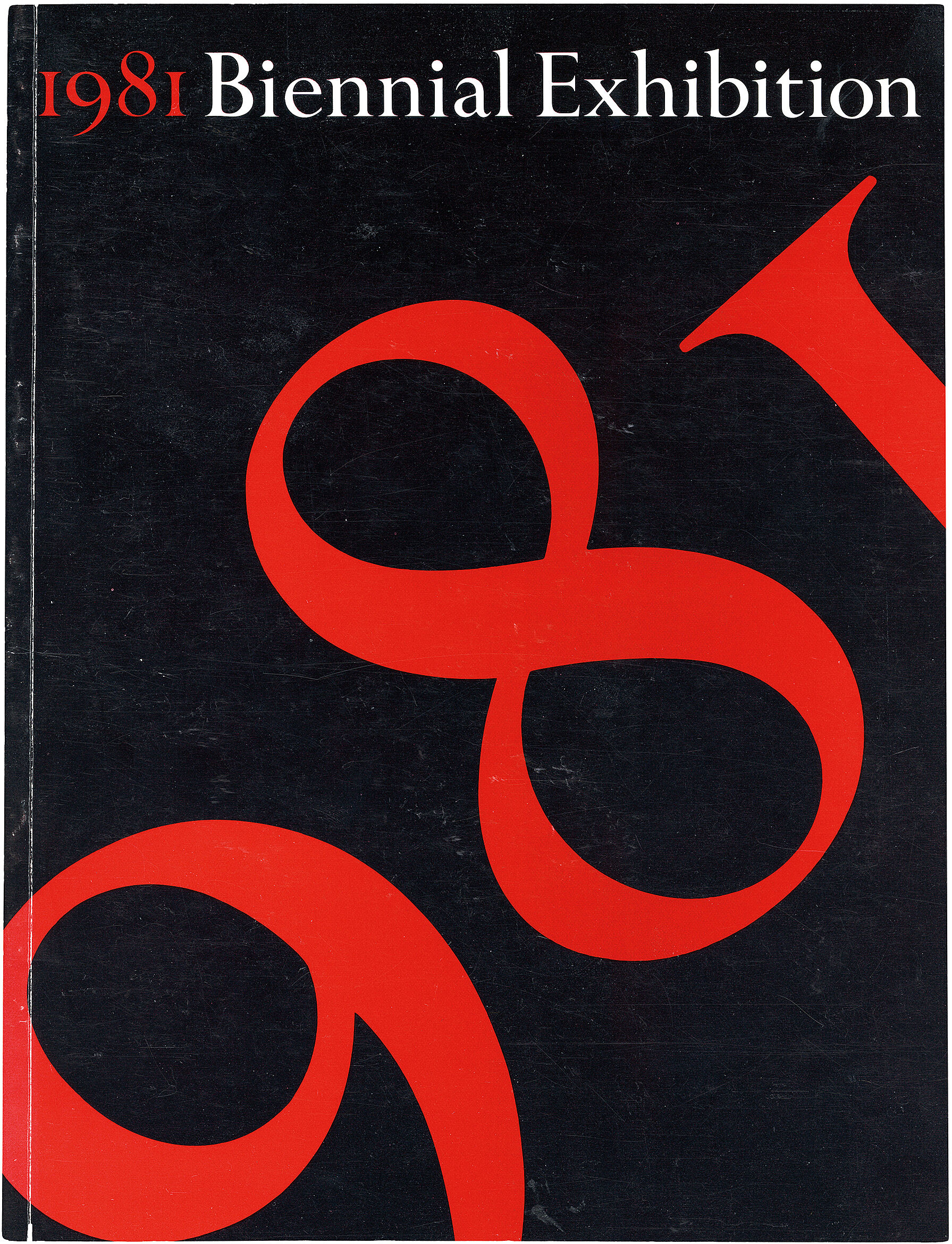Robert Mapplethorpe
1946–1989
Having studied a variety of fine-art mediums at the Pratt Institute, Robert Mapplethorpe turned to photography in the early 1970s. He first used a Polaroid and then various medium- and large-format cameras, working predominantly in black and white. His subjects comprised nudes, still lifes, and portraits—of himself and of friends, lovers, and fellow artists. Patti Smith pictures the musician and artist with whom Mapplethorpe shared a close relationship for many years (an earlier image he made of Smith graced the cover of her 1975 debut album, Horses). The portrait conveys an unguarded, frank intimacy: Smith, with her androgynous beauty, stares at the camera, covering her naked torso with a sheet as if she has been caught unawares. Other signs, however, suggest that this image was deliberately arranged: the curled neck brace Smith holds (remnant of an injury) echoes the shape of her head, and her bent elbows create a carefully composed visual rhythm.
Mapplethorpe’s work was marked by rigorous attention to the principles of classical composition, and his coolly elegant images were deftly staged and carefully printed. If some of his motifs—most notably, his still lifes of flowers—had long pedigrees in the history of art, others marked his work as pioneering. His photographs of sadomasochistic acts became a lightning rod for controversies about public arts funding in the 1980s. One of Mapplethorpe’s abiding concerns was the idea of gender and sexuality as social constructs, a theme he explored not only in portraits of members of the S & M scene but also in self-portraits in which he assumed various personas. Self Portrait shows the artist in drag, wearing makeup and a boa. As in the photograph of Smith, Mapplethorpe’s expression is at once confrontational and indecipherable, hinting at private narratives.
Introduction
Robert Michael Mapplethorpe ( MAY-pəl-thorp; November 4, 1946 – March 9, 1989) was an American photographer, best known for his black-and-white photographs. His work featured an array of subjects, including celebrity portraits, male and female nudes, self-portraits, and still-life images. His most controversial works documented and examined the gay male BDSM subculture of New York City in the late 1960s and early 1970s.
Mapplethorpe's 1989 exhibition, Robert Mapplethorpe: The Perfect Moment, sparked a debate in the United States concerning both use of public funds for "obscene" artwork and the Constitutional limits of free speech in the United States.
Wikidata identifier
Q312786
Information from Wikipedia, made available under the Creative Commons Attribution-ShareAlike License . Accessed December 20, 2025.
Introduction
Mapplethorpe studied painting at the Pratt Institute in Brooklyn, where he met singer/poet Patti Smith in 1968, whom he later photographed for her album covers. His initial interest in photography took the form of collages from photographs he found, but in 1972 he began to take pictures with a Polaroid camera. His images are classical and formal in appearance, his favorites subjects being male nudes, flowers, and still lifes. His homoerotic images became the subject of a much publicized obscenity charge in 1990 involving the Cincinnati Art Museum. Mapplethorpe also did a series of self-portraits toward the end of his life, documenting his deteriorating health from AIDS.
Country of birth
United States
Roles
Artist, collagist, multimedia artist, painter, photographer, sculptor
ULAN identifier
500090430
Names
Robert Mapplethorpe, Robert Maplethorpe, Bob Mapplethorpe
Information from the Getty Research Institute's Union List of Artist Names ® (ULAN), made available under the ODC Attribution License. Accessed December 20, 2025.



